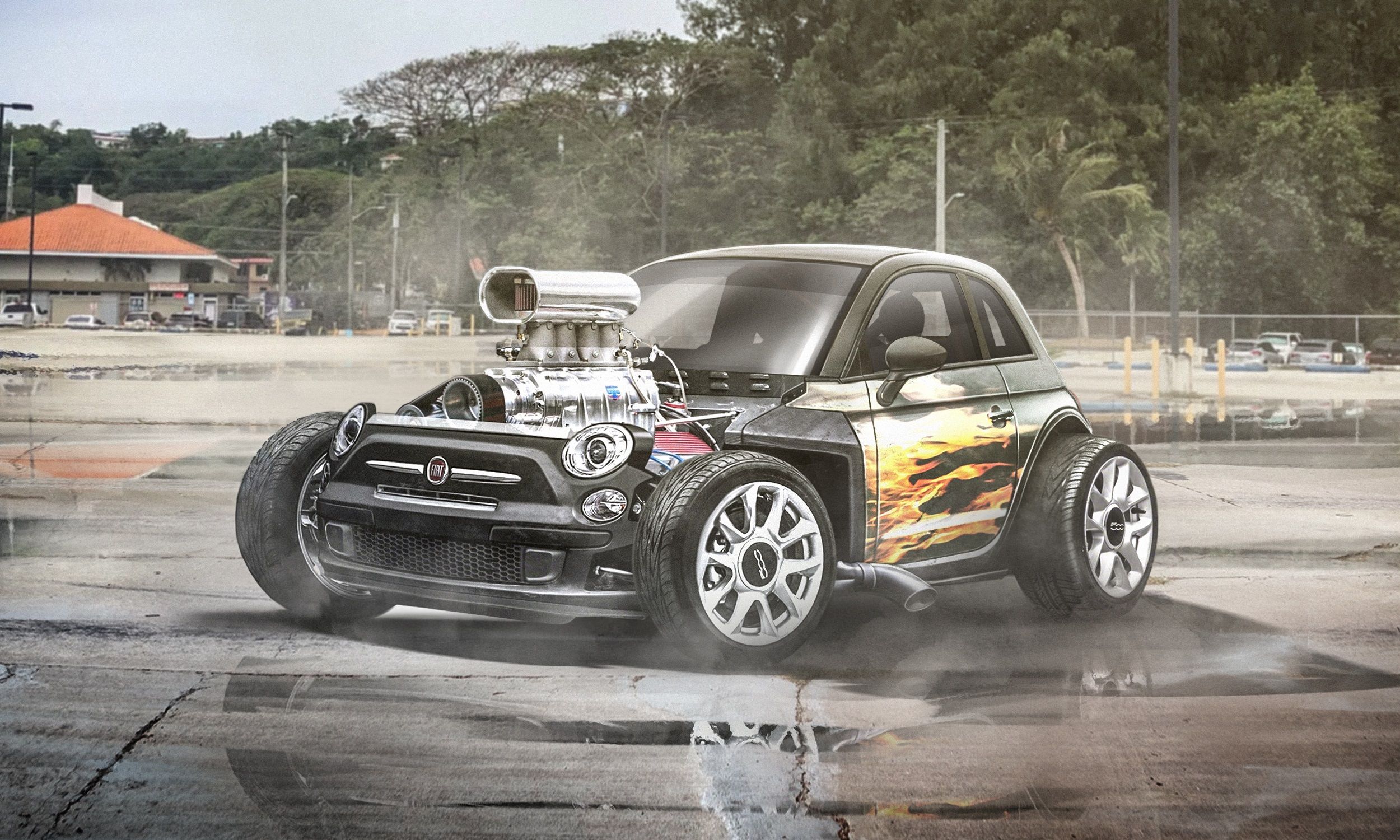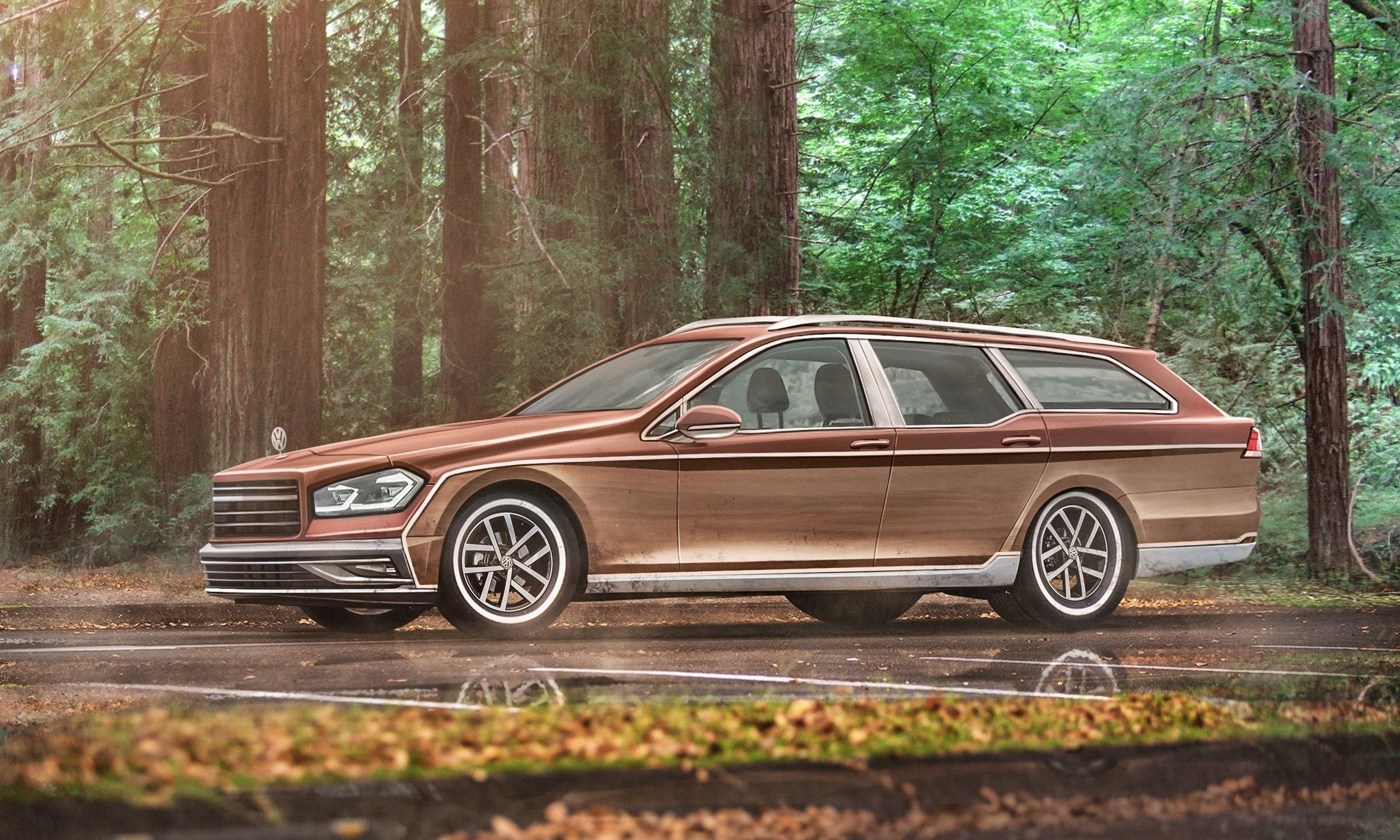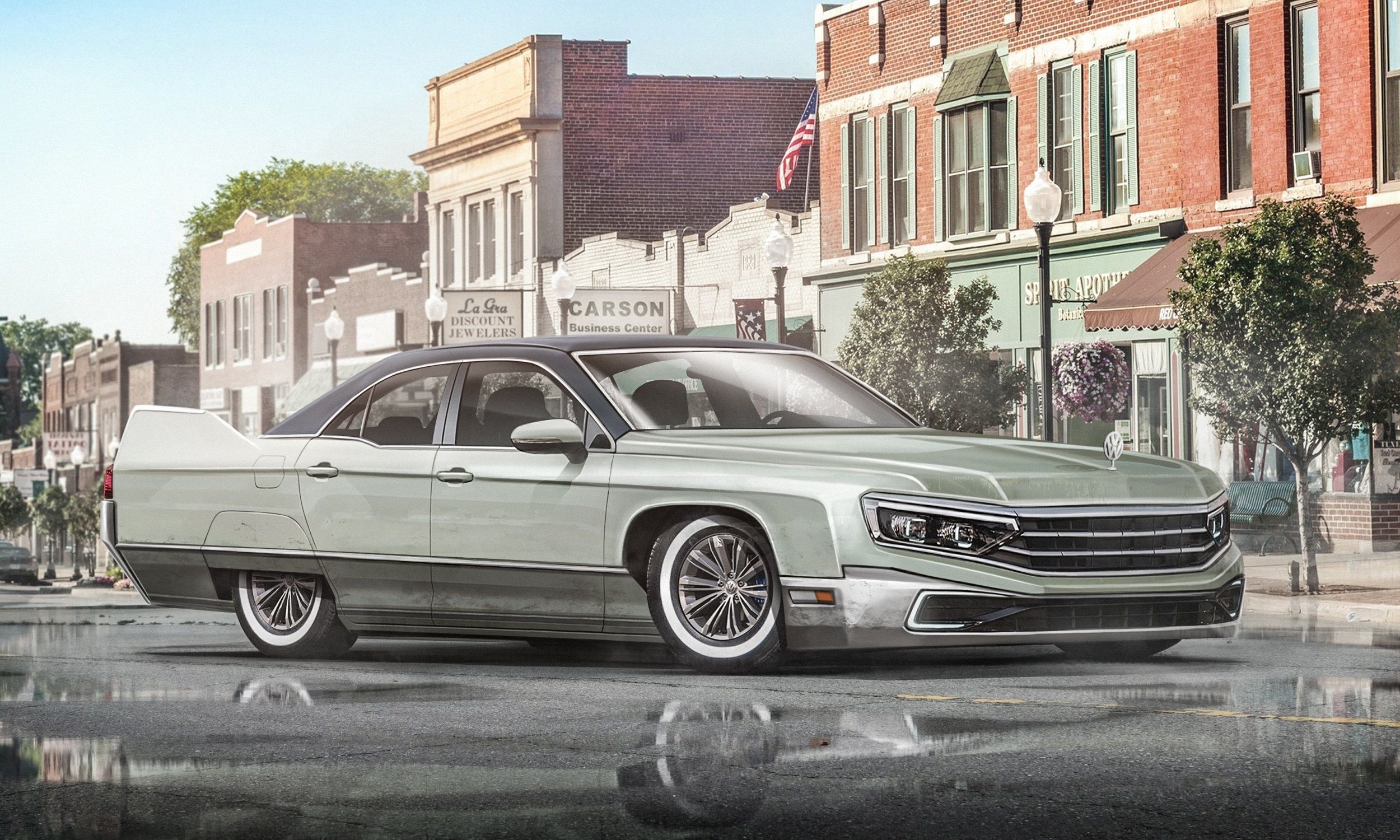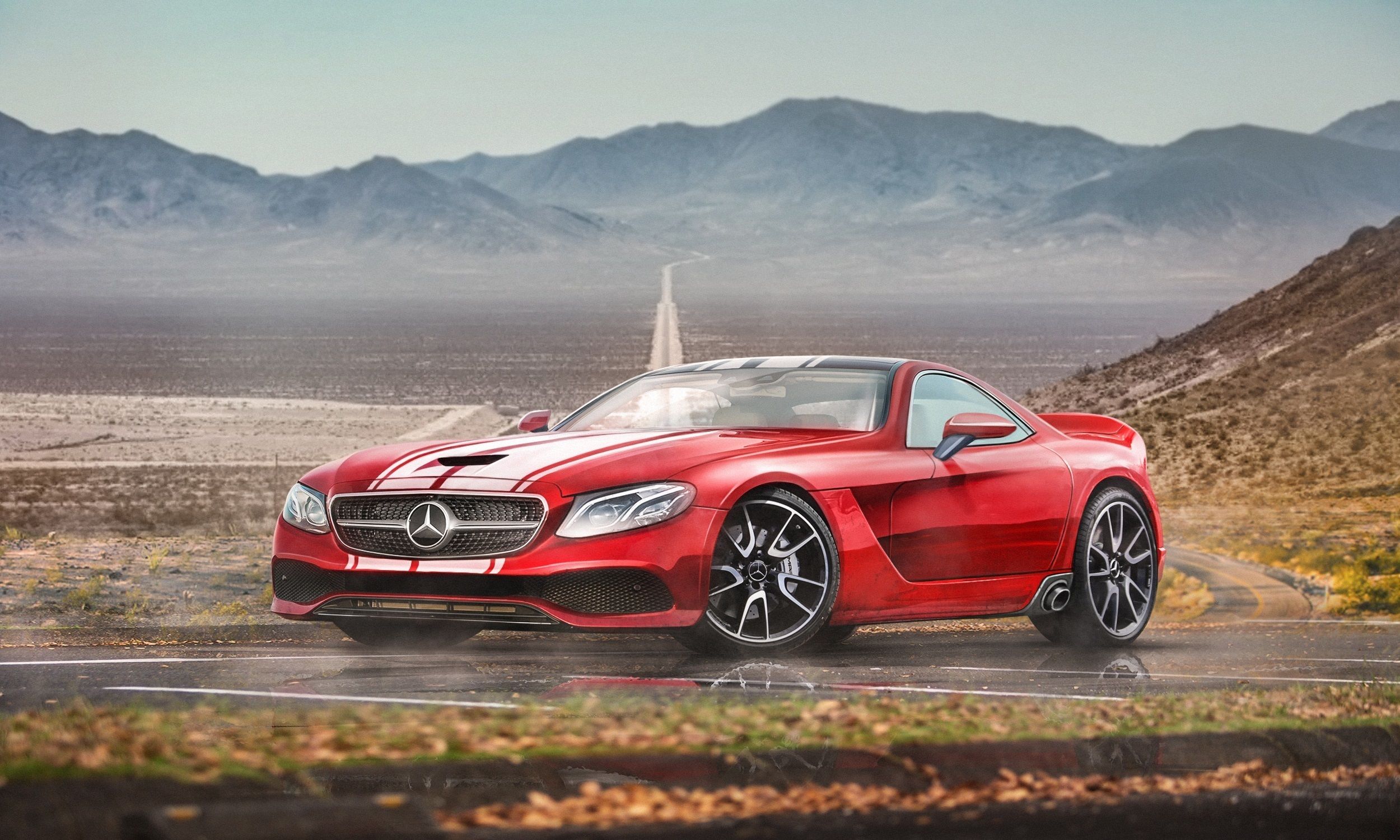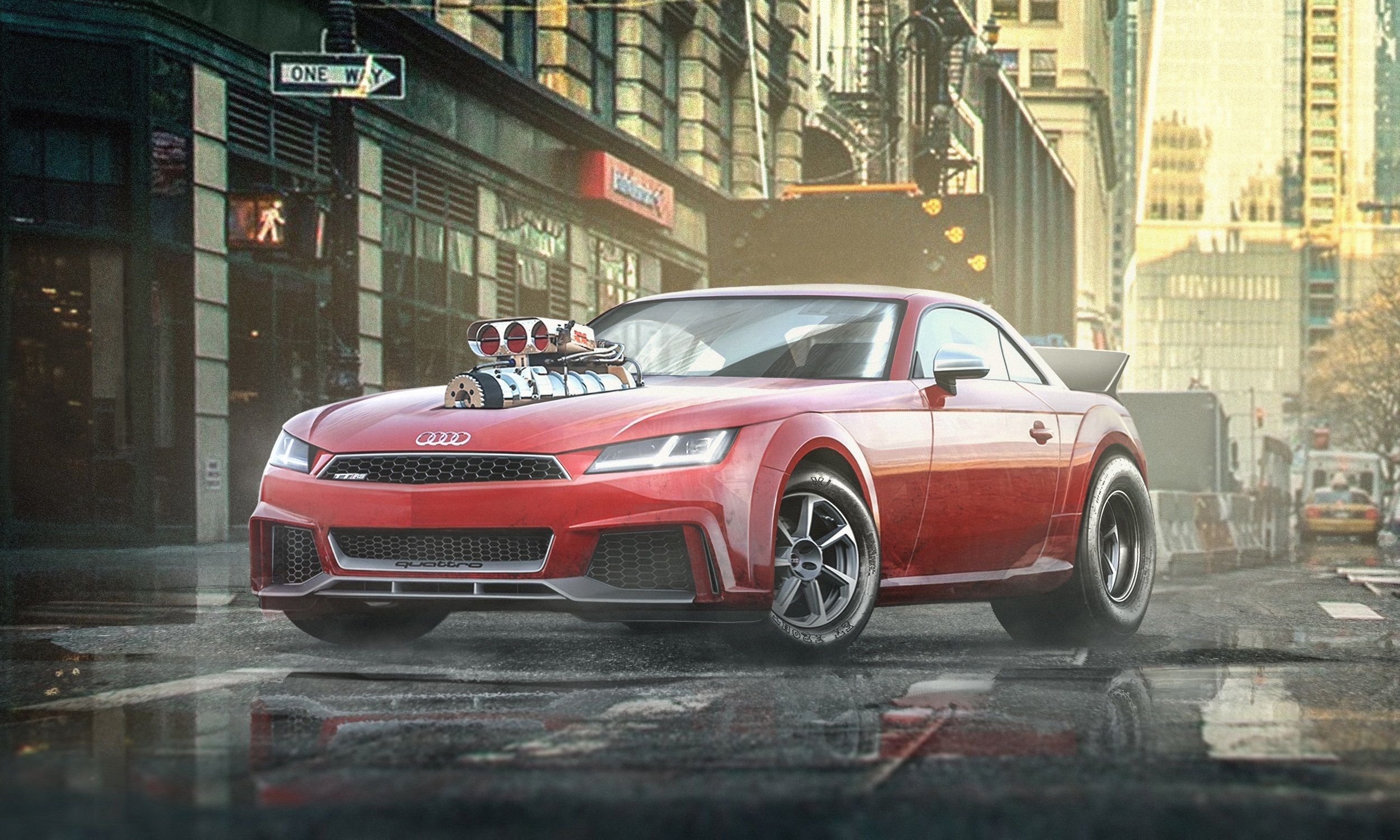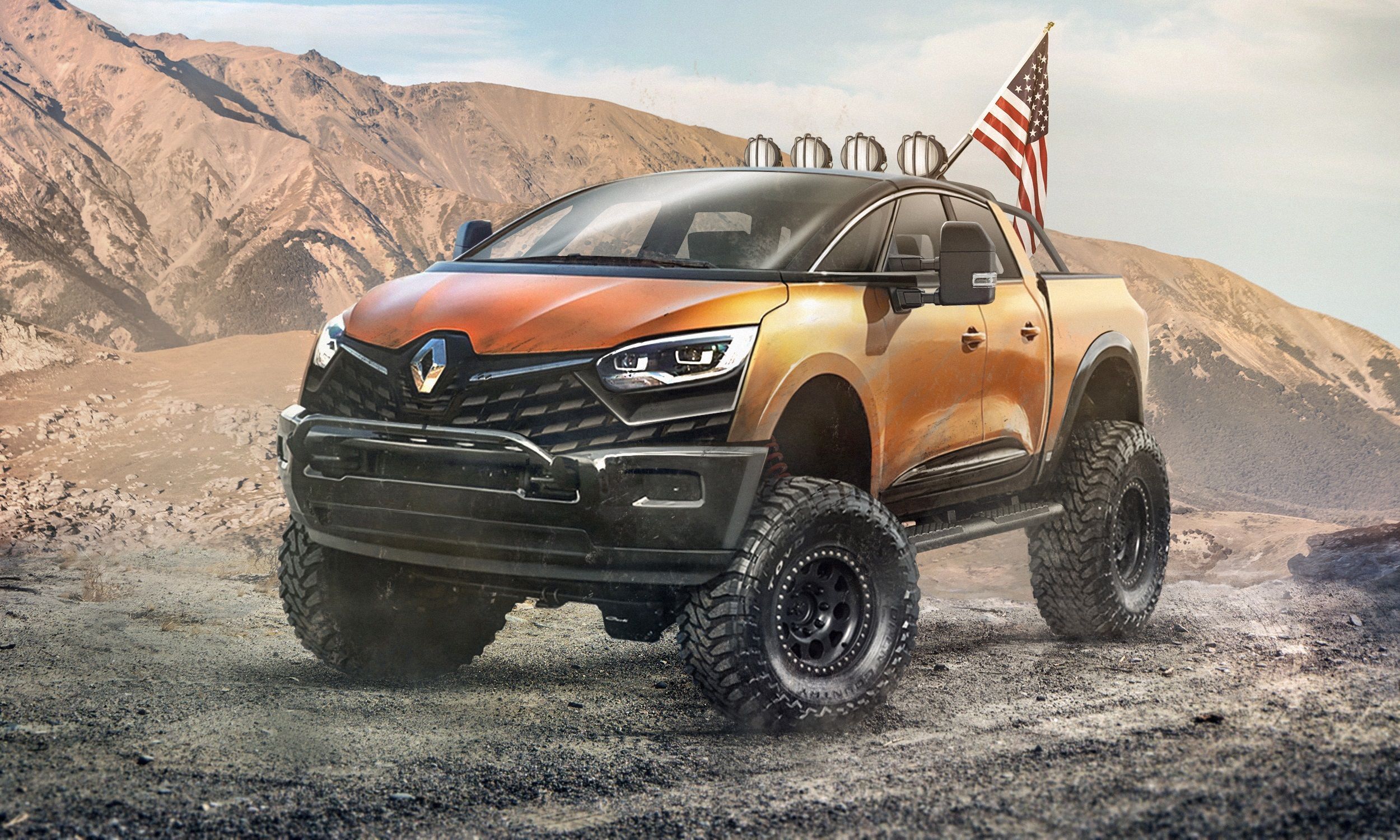The taste and preference of American and European consumers differ in many ways. No more is that clear than in the type of cars that sell well in one market and fail miserably in the other. Truth be told, there’s a huge chasm in car-buying attitudes between American car buyers and their European counterparts. Some of the best-selling models in Europe fail to get significant traction in America for one reason or another. Perhaps Europe’s smaller roads play a part in it. So too does the lower average mileage in the Old Continent. Maybe tighter environmental regulations in Europe also lend a hand in customers opting to buy small city cars and hatchbacks over America’s preferred rides: SUVs and pickup trucks. But if there was a way for some of Europe’s best-selling models to curry more favor in the U.S.? What would automakers like Fiat, Volkswagen, Mercedes, and Renault have to do to make that happen? One word immediately comes to mind: mash-up.
Fiat 500
The Fiat 500 is one of the last cars you’d think of when you’re imagining what a pint-sized hot rod could look like? And yet, the imagination does wondrous things, doesn’t it? I don’t know what I love more about this mash-up. The iconic hot rod flames on the doors of the tiny Italian compact or the exposed engine with the massive intake scoop sticking out like a proton cannon of some sort. The whole engine is exposed, too, though I suspect that’s really just for muscle-flexing purposes. Same story with the exhaust pipes sticking out from just behind the front wheel. Out of sight are the suspension upgrades, which, I assume, are significant enough to include longer wheel axles. Hot rods are quintessentially American creations. They’re wild, flamboyant, and powerful beyond reason. Drop a Fiat 500 in the hands of hot rod builders, and this is what you’re going to get.
Read our full review on the 2018 Fiat 500.
Volkswagen Golf
This is something I can get behind. The Volkswagen Golf has one of the prettiest front fascias among cars in its class. It’s a shame that the Golf doesn’t have as strong of a following here in the U.S. as it does in Europe. That could change — in my head, at least — if Volkswagen decides to give the Golf the woodie wagon treatment. See, woodie wagons were very popular in the 1960s and 1970s when Americans couldn’t get enough of vehicles that featured wood styling in their bodywork. Some of the most iconic woodie wagons of all time include the old Jeep Wagoneer, the Dodge Caravan, and the Griswold’s very own Ford LTF Country Squire. Now imagine if Volkswagen decided to bring back this design time capsule and created a Golf-based woodie wagon. This is what it could look like, and I must say, it’s very attractive, right down to the wood panels on the side of the car and the Volkswagen hood ornament sitting like a boss in the hood of the car. Come to think of it, a Volkswagen Golf-based station wagon with this kind of profile looks very intriguing in it of itself.
Read our full review on the 2018 Volkswagen Golf.
Volkswagen Passat
First, it was the Volkswagen Golf woodie wagon. Now, it’s another Volkswagen that’s been redesigned to pay tribute to another iconic period in U.S. automotive history: the jet age. This is a Volkswagen Passat, or at least it used to look like a Passat. Now, it’s a stretched American saloon with half-covered rear tires, tailfins in the rear quarter panel, and, presumably, taillights that look like jet turbine engines. The jet age was one of the most bombastic eras in the history of American automotive design. Automakers like Ford, Chrysler, Dodge, and Chevrolet tried to outdo each other with futuristic-looking, aviation-inspired vehicles that redefined the meaning of the phrase “sensible styling.” Sure, the jet age is long gone, but imagine if Volkswagen decided to swing for the fences with the Passat and dust off the archived design language for one last run at relevancy. I’m not saying I’m going to buy this version of the Passat, but I’m pretty sure that it’s going to attract more than its share of interested customers. Once again, the Volkswagen hood ornament makes an appearance on the nose of the saloon. Once again, it looks awesome.
Read our full review on the 2018 Volkswagen Passat.
Mercedes-Benz E-Class
To be clear, the Mercedes E-Class actually has a healthy sales volume in the U.S. with 45,000 sold units in 2018. It’s just that, with the exception of a few notable down years, Mercedes typically sells more than 100,000 units of the E-Class in Europe per year. So, what can the German automaker do to bring up the model’s sales volume in America? Well, how does an E-Class sports car sound? I know what you’re thinking. Mercedes had that model with the SLK Class, which evolved into the SLC Class. But the roadster became a casualty of new priorities, and it doesn’t look like Mercedes has any plans of developing a new sports car on its own. That’s Mercedes-AMG’s turf now. A sports car that’s based on the Mercedes E Class is as unrealistic as it is unlikely. Still, it’s hard not to imagine what one could look like if Mercedes decided to roll the dice on the model. Imagine, if you will, a full-blown two-seater roadster with hood and side vents, racing stripes, side exhausts, and somewhere in the vicinity of 600 horsepower to play with. I never thought I’d get to see a day where a Mercedes roadster gets injected with the Dodge Viper’s DNA, but if Mercedes was to do it, this is what it would (probably) look like.
Read our full review on the 2018 Mercedes-Benz E-Class
Audi TT
Did you know that, after selling more than 11,000 units of the TT in the U.S. per year from 2000 to 2002, Audi has failed to replicate those strong numbers in the 17 years since? It’s gotten so bad that Audi barely sold 1,300 units of the TT in America in 2018. If you think that needs to change, then you’re not alone. Audi needs to do something drastic to the TT to inject excitement back to the entry-level sports car. What better way to do it than by reinventing the TT and turning it into a full-blown muscle car. I know it’s highly unlikely that the German automaker will take such drastic steps, but it still makes a bit of sense, doesn’t it? The American auto market remains the epicenter for muscle cars, and you can bet that a “muscle car edition” of the TT will go over in this market. All Audi needs to do is give the TT a proper muscle car makeover. That includes a longer chassis, raised suspension, beefier tires, new aerodynamic bits, and, the coup de grâce, a ginormous V-8 engine that protrudes from the hood. It’s the farthest thing from German design quality, but if Audi’s serious about selling more TT models in the U.S., this scenario could be a few putrid sales years away from actually happening.
Read our full review on the 2018 Audi TT.
Renault Scenic
Renault doesn’t technically sell the Scenic MPV in the U.S., but if it did, there’s no way it should sell it in the exact mold as the Euro-spec model. It shouldn’t even sell it as a crossover or an SUV; it’ll probably get swallowed up by the rush of SUVs that are hitting America these days. Instead, Renault should get creative with the Scenic by throwing in a cargo bed at the back, raising its suspension and ground clearance, slapping on massive and chunky tires. Yes, Renault should build a pickup version of the Scenic, complete with a gnarly face and bull bars, and offer it in the U.S. market. Granted, it’s also entering a very competitive market, but it’ll probably fare better in this segment than it would in the crossover and SUV world. A Renault pickup sounds completely out of left field but think about it. A lot of vehicles that are popular today were drawn up from that side of the field, too. Who’s to say that this model wouldn’t fly in the U.S. market? Renault won’t know until it tries. Or maybe it should test the waters first. Building this model costs a lot of money, after all. And if it flames out, well, don’t blame us for that.
Read our full review on the 2018 Renault Scenic.

